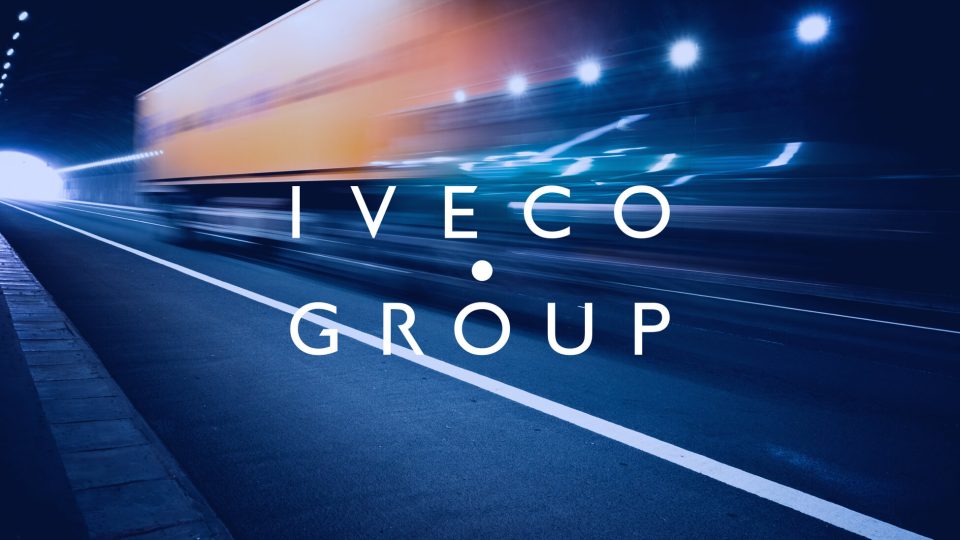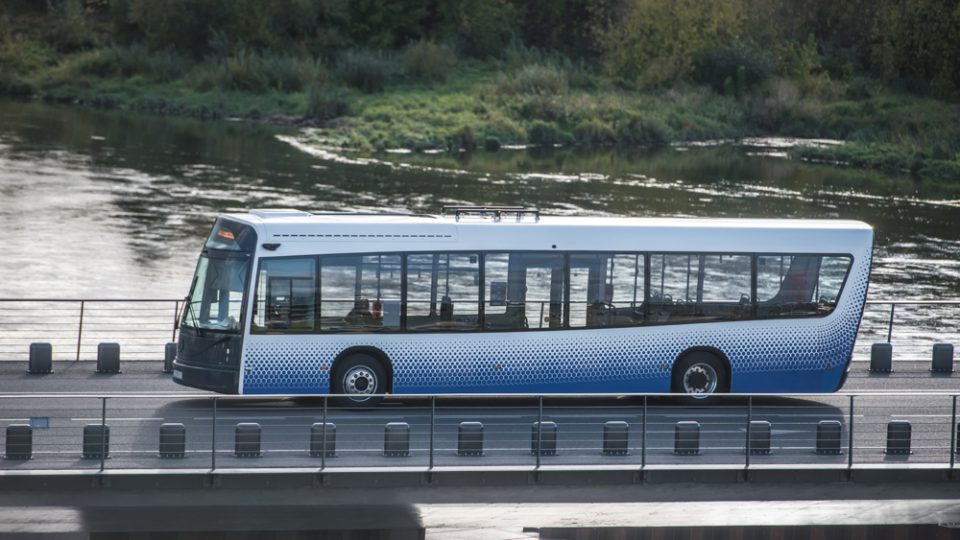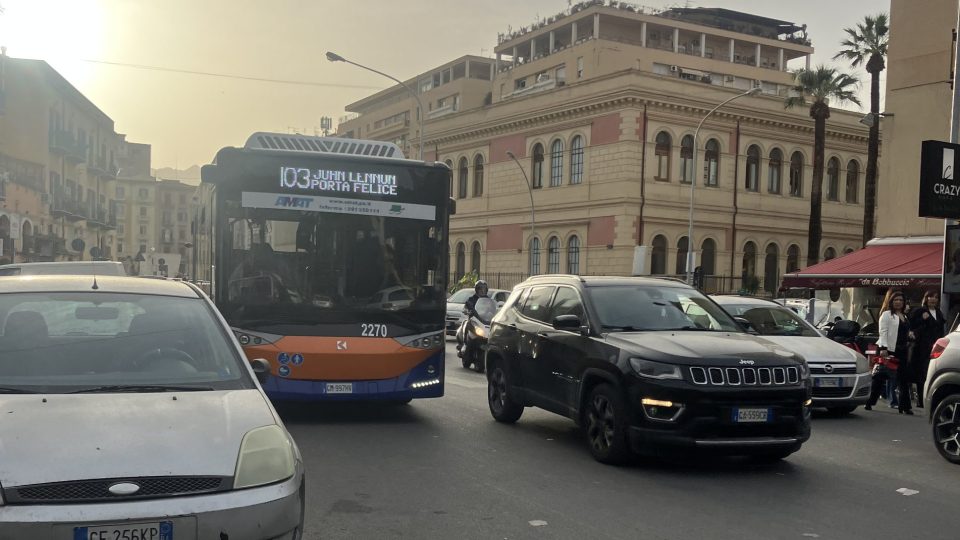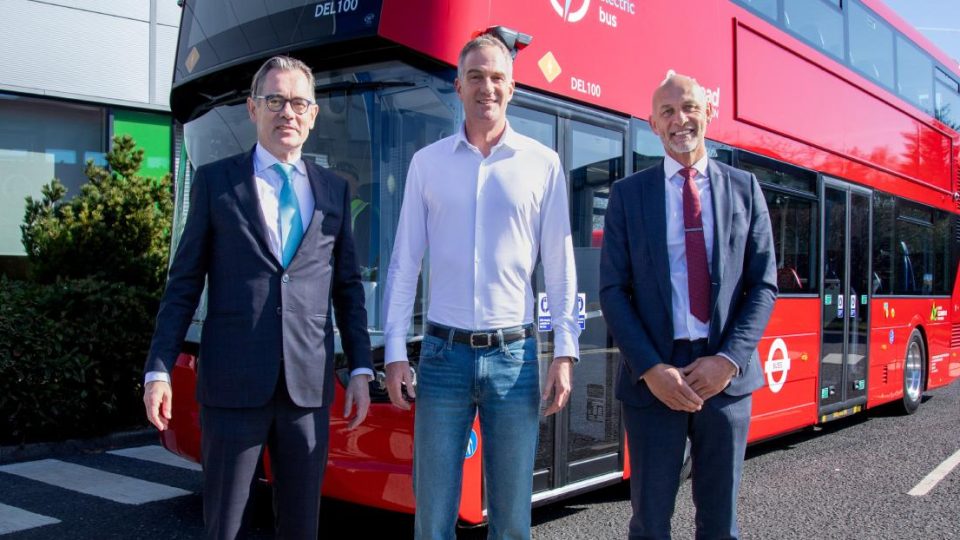The Financial Times opens up a debate around H2 buses in Tokyo. «Fuel costs 2.6 times higher over diesel»
One hundred Toyota hydrogen buses are running around Olympic Tokyo. But costs are an issue. As the Financial Times points out, «A fuel cell bus from Toyota costs ¥100m ($900,000) for a six-year lease. A diesel bus costs ¥24m ($220,000) and has a useful life of 15 years». Fuel cell buses during the Olympic Games […]
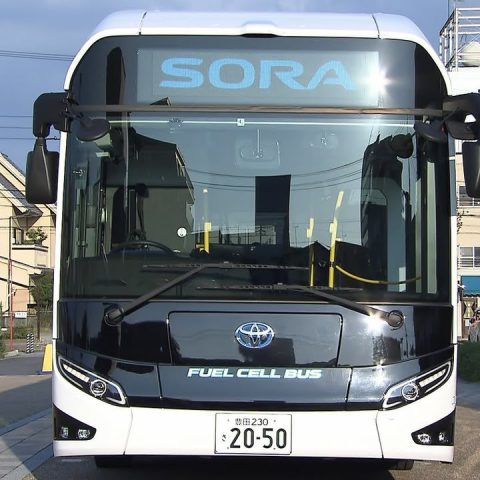
One hundred Toyota hydrogen buses are running around Olympic Tokyo. But costs are an issue. As the Financial Times points out, «A fuel cell bus from Toyota costs ¥100m ($900,000) for a six-year lease. A diesel bus costs ¥24m ($220,000) and has a useful life of 15 years».
Fuel cell buses during the Olympic Games
The deployment of fuel cell buses in Tokyo during the Olympic Games is part of a wider effort that saw Japan heavily investing in hydrogen technology. The Olympic flame burns hydrogen, for instance. Japan aims to show to the world how the country is kicking off a real hydrogen economy. The 100 fuel cell buses launched in Tokyo, together with a batch of around 500 Mirai cars, are part of this effort. Vehicles are produced by Olympic games’ sponsor Toyota, that launched the world’s first mass-produced hydrogen car in 2014. Long story short: Japan wants to become a hydrogen superpower, as The Economist put it a few days ago.
Euronews highlighted that «In 2017, Japan was one of the first countries to adopt a national hydrogen strategy, and the Japanese government more than doubled its hydrogen-related research and development to nearly US$300 million (€254,744,700) in the two years leading up to 2019».
Not only upfront costs of the H2 buses are high, but also fuel costs: «2.6 times higher for FCVs over diesel», according to Daisuke Harayama of Tokyu Bus, a private company that has introduced two of the fuel cell vehicles, quoted on the FT’s article.
On the other hand, the only way to bring costs down is to create a demand. Still on the FT: «“Running the buses creates a big increase in H2 demand,” says Maekawa. The buses run all day, unlike cars that mostly stay parked. “To have an H₂ bus in operation is equivalent to having 50 fuel cell vehicles on the road.”».
Toyota Sora, the fuel cell bus for the Olympic Games
The H2 bus Toyota Sora was approved and launched on the market in early 2018. The Toyota Sora, 10.5 metres long, is based on the Toyota fuel cell system (TFCS), developed for the Mirai car. It can accommodate up to 79 people, 22 seated and 56 standing, and can be used as an electricity generator if required. A socket on the back of the bus can supply 9 kW of power for over 24 hours. In this way, the company points out, it can be used to evacuate schools and buildings or as a power supply to provide electricity for domestic use. The maximum power developed by the motor is 113 kW for two units.
The name Sora is the acronym for “Sky, ocean, river, air”, and therefore recalls the water cycle. The vehicle represents Toyota’s peculiar challenge in the world of zero-emission buses: in a context in which all the major manufacturers are looking to the electric field, which according to estimates will expand its market share disproportionately between now and 2030, the Japanese company is working on a fuel cell bus, a technology that experienced its moment of (apparent) glory a few years ago before being abandoned while waiting for technological advances.


